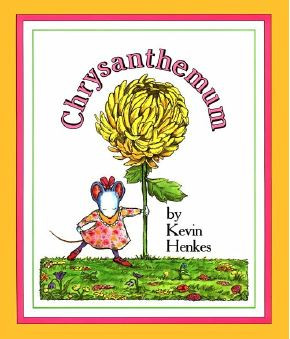Presidents’ Day is something of an odd holiday, given that there is no universal agreement on which presidents are being honored, on the actual name of the holiday or whether there is an apostrophe in “presidents.”
To the U.S. government, Presidents’ Day is still recognized as “Washington’s Birthday,” though in some states the day jointly honors the birthdays of Washington, born Feb. 22, and Abraham Lincoln, born Feb. 12. And in other states the day is meant to honor Washington and Thomas Jefferson but not Lincoln — or all of the presidents.
Whatever, here’s the annual Presidents’ Day quiz:
1) Which president was the first to be born as a United States citizen?
a) James Madison
b) Martin Van Buren
c) John Quincy Adams
d) Andrew Jackson
2) Which president had to borrow money to get to his own inauguration?
a) George Washington
b) John Adams
c) James Madison
d) Abraham Lincoln
3) Who was the youngest serving president?
a) Ulysses S. Grant
b) Bill Clinton
c) John F. Kennedy
d) Theodore Roosevelt
4) Which president also served as the chief justice of the United States?
a) William Howard Taft
b) Thomas Jefferson
c) James Madison
d) John Tyler
5) Name all six presidents with the first name of James.
6) Who served as president with a musket ball stuck in his shoulder?
a) George Washington
b) Andrew Jackson
c) James Monroe
d) Ulysses S. Grant
7) How old was Abraham Lincoln when he was assassinated in 1865?
a) 56
b) 57
c) 58
d) 59
8) Who was the first president to be seen on television?
a) Woodrow Wilson
b) Franklin Roosevelt
c) Harry Truman
d) Dwight Eisenhower
9) Four presidents were assassinated. Six survived assassination attempts. How many can you name?
a) Lyndon Johnson and Richard Nixon
b) Richard Nixon and Jimmy Carter
c) Jimmy Carter and Ronald Reagan
d) Ronald Reagan and Gerald Ford
ANSWERS
1) a. Martin Van Buren, the 8th president. The previous presidents were born as British subjects.
2) a. George Washington. He was inaugurated in New York City on April 30 but before he left his native Virginia he had to borrow money from a neighbor to pay off his debts.
3) d. Teddy Roosevelt was the youngest serving president, assuming the job at the age of 42 in 1901 when president William McKinley was assassinated. Kennedy, at 43, was the youngest to be elected, in 1960.
4) a. William Howard Taft, the 27th president president, from 1909–1913, served as chief justice from 1921-1930. He was also dean of the University of Cincinnati Law School and U.S. secretary of war.
5) The six Jameses: Madison, Monroe, Polk, Buchanan, Garfield and Carter.
6) c. James Monroe, who dropped out of college at age 18 to fight in the Revolutionary War. On December 25, 1776, Monroe crossed the Delaware and led a charge at Trenton, getting wounded in the battle. He was hit in the left shoulder with a musket ball, which cut his axillary artery. Doctors tried to remove the musket ball but couldn’t, and he lived with it for the rest of his life.
7) d. Lincoln was 56 when he died on April 15th, 1865.
8) b. Franklin Roosevelt, on April 30, 1939, at the opening of the World’s Fair in New York.
9) Presidents who were assassinated: Abraham Lincoln (1865), James Garfield (1881), William McKinley (1901), John F. Kennedy (1963)
Presidents who survived assassination attempts: Andrew Jackson (1835), Theodore Roosevelt (1912), Franklin Roosevelt (1933), Harry Truman (1950), Gerald Ford (1975), Ronald Reagan (1981)
10) c. Jimmy Carter and Ronald Reagan
Carter spoke years about the 1969 incident years later. “”It was the darndest thing I’ve ever seen. It was big, it was very bright, it changed colors and it was about the size of the moon… We watched it for ten minutes, but none of us could figure out what it was. One thing’s for sure, I’ll never make fun of people who say they’ve seen unidentified objects in the sky.” Reagan told a Wall Street Journal journalist that he was in a small plane in 1974 when they spotted a UFO.
--- The Answer Sheet by Valerie Strauss




 Preschool in a Minute
Preschool in a Minute As they advance, you can work with more number sense.
As they advance, you can work with more number sense. 